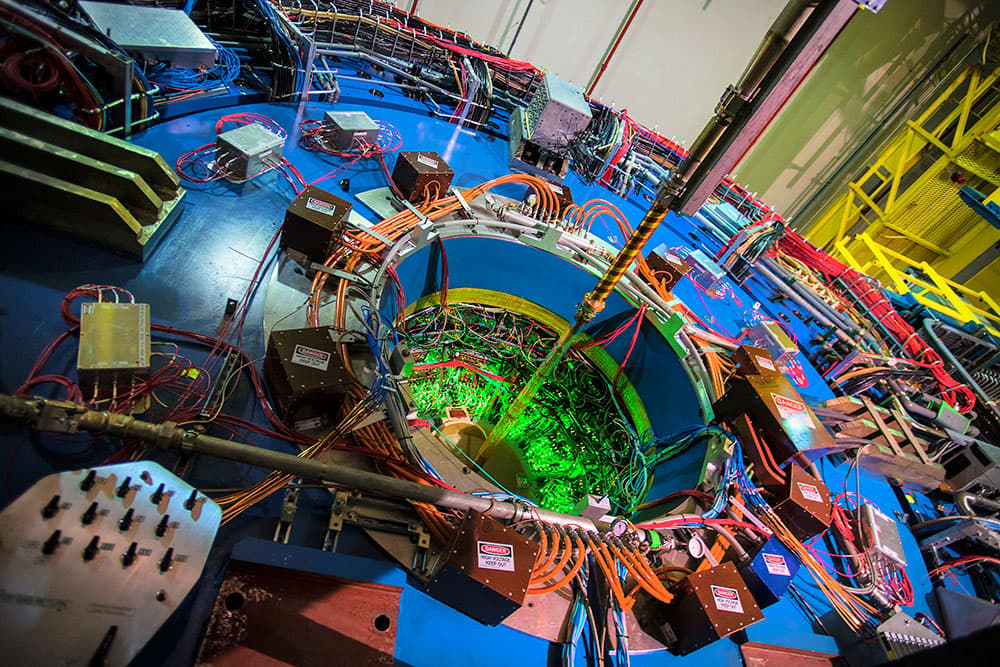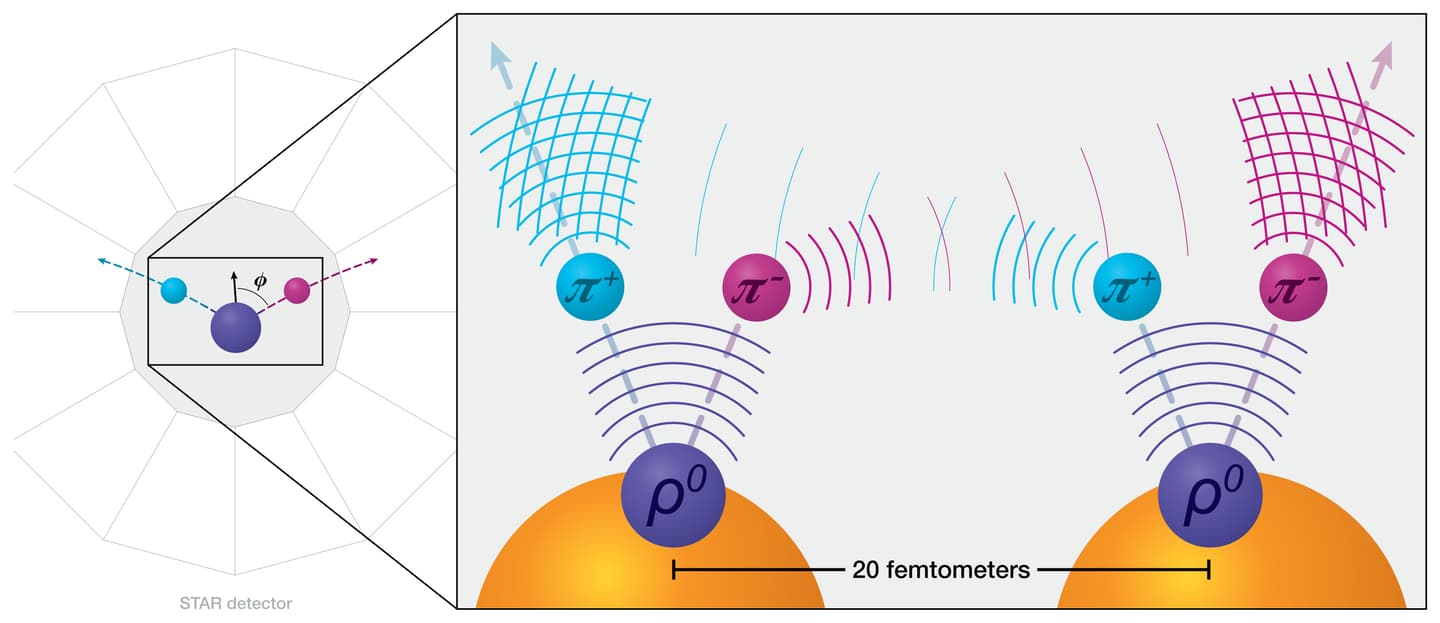Physicists at Brookhaven National Laboratory (BNL) have discovered a completely new type of quantum entanglement, the spooky phenomenon that binds particles across any distance. In particle collider experiments, the new entanglement allowed scientists to peer inside atomic nuclei in more detail than ever before.
Pairs of particles can become so entwined with each other that one can no longer be described without the other, no matter how far apart they may be. Weirder still, changing one will instantly trigger a change in its partner, even if it was on the other side of the universe. The idea, known as quantum entanglement, sounds impossible to us, grounded as we are in the realm of classical physics. Even Einstein was unnerved by it, referring to it as “spooky action at a distance.” However, decades of experiments have consistently backed it up, and it forms the basis of emerging technologies like quantum computers and networks.
Usually, observations of quantum entanglement are made between pairs of photons or electrons that are identical in nature. But now, for the first time, the BNL team has detected pairs of dissimilar particles undergoing quantum entanglement.
The discovery was made in the Relativistic Heavy Ion Collider (RHIC) at Brookhaven Lab, which probes forms of matter that existed in the early universe by accelerating and smashing together ions of gold. But the team found that even when the ions didn’t collide, there’s much to learn from near misses.

Brookhaven National Laboratory
The accelerated gold ions are surrounded by little clouds of photons, and when two ions pass close by each other, the photons from one can capture an image of the internal structure of the other, in more detail than ever before. That alone is intriguing enough to the physicists, but that can only happen thanks to an unprecedented form of quantum entanglement.
The photons interact with elementary particles inside each ion’s nucleus, triggering a cascade that eventually produces pairs of particles called pions, one positive and one negative. As you may remember from high school physics, some particles can also be described as waves, and in this case the waves from both negative pions reinforce each other, and those from both positive pions reinforce each other. That results in just one positive and one negative pion wave function striking the detector.
This indicates that each pair of positive and negative pions are entangled with each other. If they weren’t, the team says, the wave functions that strike the detector would be completely random. As such, this is the first detection of quantum entanglement of dissimilar particles.

Brookhaven National Laboratory
“We measure two outgoing particles and clearly their charges are different – they are different particles – but we see interference patterns that indicate these particles are entangled, or in sync with one another, even though they are distinguishable particles,” said Zhangbu Xu, an author of the study.
Along with expanding our understanding of quantum physics, the discovery could lead to new technologies, such as the method the team has been using to peer inside the nucleus of the gold ions.
The research was published in the journal Science Advances.
Source: Brookhaven National Laboratory
Source of Article